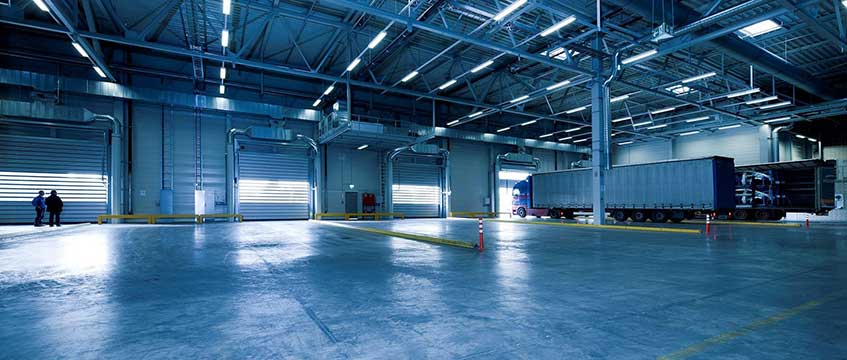Shed take-up buoyant as 3PL fills Amazon’s shoes
Increased appetite from third-party logistics firms is keeping the big shed market buoyant, despite Amazon scaling back.
Research from Colliers shows that 3PLs accounted for 40.5% of take-up in the first half of 2022.
The number of deals for warehouses measuring more than 300,000 sq ft reached an all-time high in H1, with 26 deals taking place, compared with the 23 and 20 transacted over the same period in 2020 and 2021, respectively. For space above 100,000 sq ft, take-up reached 21.2m sq ft in the first half of the year, only 14% below the record-breaking 24.8m sq ft in H1 2021.
Increased appetite from third-party logistics firms is keeping the big shed market buoyant, despite Amazon scaling back.
Research from Colliers shows that 3PLs accounted for 40.5% of take-up in the first half of 2022.
The number of deals for warehouses measuring more than 300,000 sq ft reached an all-time high in H1, with 26 deals taking place, compared with the 23 and 20 transacted over the same period in 2020 and 2021, respectively. For space above 100,000 sq ft, take-up reached 21.2m sq ft in the first half of the year, only 14% below the record-breaking 24.8m sq ft in H1 2021.
Colliers said the rise of 3PLs was due to businesses requiring greater flexibility during a period of economic uncertainty. It said using external delivery firms reduces costs and pressure on the business compared with in-house provision.
Online shopping also continues to be popular, despite rising inflation levels and interest rates, creating a “perfect storm” for the rise of 3PL take-up, it added.
Len Rosso, head of industrial and logistics at Colliers, pointed out the gap left by Amazon’s withdrawal had been largely filled by 3PLs.
He said: “Interestingly, online retailers have decreased their activity in H1, only accounting for 13.6% of take-up, down from more than half of all take up this time last year. This can be partly explained by the increase in activity by 3PLs, which many online retailers are currently employing for logistics solutions.
“It is also worth noting the year-on-year figures are largely skewed by Amazon, which alone accounted for 35% of the total in H1 last year. They are a clear testament to a robust occupier base in the market.”
The strong levels of demand in a depleted supply environment mean purpose-built space accounted for 52% of total take-up, while speculative space recorded a 31% share.
Rosso added: “There’s no doubt the creation of new supply is struggling to keep up with strong occupier appetite for warehouses.”
There is currently only 18.9m sq ft across all grades in the market, down by 20% year-on-year, which equates to less than six months’ supply.
Rosso said: “These tensions are set to become even more strained as occupiers seek to reduce their carbon footprint, increasingly looking for new space that aligns with their ESG agenda.”
Colliers’ head of industrial and logistics research, Andrea Ferranti, added: “As a result of these strong market dynamics, we are witnessing exceptional rental growth across the UK, with the latest MSCI data in June showing a six-monthly average growth of 6.3% for national distribution warehouses, while London industrial assets outperformed at 9% over the same period.
“Looking to the end of the year, the market will remain undersupplied alongside continued elevated demand. Therefore, as predicted at the beginning of the year, we are still expecting 12.5% average rental growth for prime warehouses.”
To send feedback, e-mail piers.wehner@eg.co.uk or tweet @PiersWehner or @EGPropertyNews











